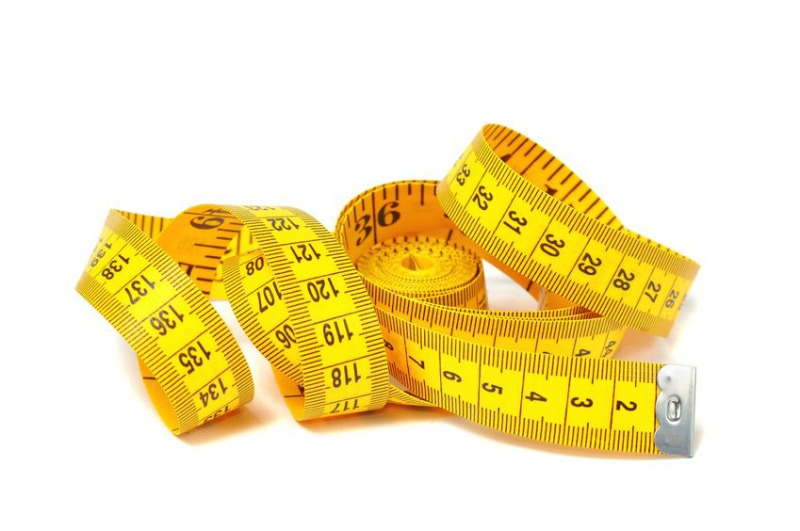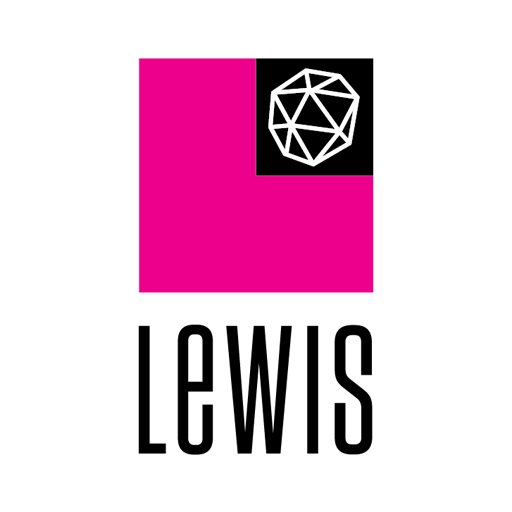LEWIS 27 Jun 2016 // 5:56PM GMT

For many years, the word measurement would send communication professionals running for the hills. Or for a drink. I can almost see it now. A shuffling of papers, a cough, and a playing with that lever on the chair that seems to have no discernible function. Anything to avoid the uncomfortable truth: that we have not been great at measurement.
However, things have been changing in the last few years. The increasing recognition of the strategic value of communications in the boardroom, as well as ever growing demands for budget justification needing to be linked to business impact, has seen measurement become more important.
However, I would still argue that the lack of process, methodology, standards or a clear taxonomy of what constitutes good measurement has held the industry back. This is particularly the case inside agencies which, more often than not, do much of the measurement and evaluation work (in collaboration with third party suppliers).
This low adoption of a clear measurement framework means that, in many cases, measurements are focused on PR outputs and PR outcomes. But what about the business outcomes? How has this campaign or activity impacted awareness? Has it increased advocacy? Has it seen a shift in end-user adoption? Has it led to an increase in demand for the product or service?
This level of measurement is still in the minority (albeit growing). But in my opinion, and this is an agency perspective after all, we must always be asking, and most importantly answering, the simple question – ‘how is this work going to help my client's business?’
The business objective is what should be focused on, and measured. Knowing what matters to the business means we will be better placed to build the relevant metrics framework.
This is why the the new Integrated Evaluation Framework from the International Association for the Measurement and Evaluation of Communication (AMEC) is so vital. The new interactive framework gives users, agencies and client-side teams, a clear methodology and taxonomy to develop a measurable communications plan and evaluate its success. It gives users of the tool a clear journey, and most importantly a way to demonstrate the business impact.
Many will say that to show business outcomes, you need to get data from many parts of the organization. Yes, you do. But by using the interactive tool, at least you know what those measures might be, who may own them, and how they fit into the integrated communications efforts you are so often espousing to your clients that you deliver!
And so this is why clients need to ‘show us the data’. If we have access to the data we can measure our work in a much more strategic manner. It presents opportunities for skilled professionals to unearth new insights that might inform a campaign, change approach, and drive more impact.
Of course, it is hard sometimes to show what each individual piece of the marketing mix delivered but, more often than not, using the right tools can give you a good idea. Ultimately, where there’s a clear framework, there is a way.
So while the conversation around measurement can seem uncomfortable for many, I say don’t let it be. Put it front and center, and use it to drive really good business conversations. Use the new Integrated Evaluation Framework from AMEC as your compass. The winds of change are happening. Set your sails and move forwards into a new world of measurement.
By Giles Peddy, Group Managing Director at LEWIS
About the author:
Giles is responsible for the LEWIS’ complete UK portfolio of services and capabilities.


































.jpg)














